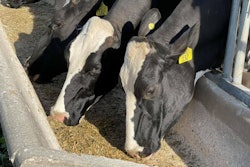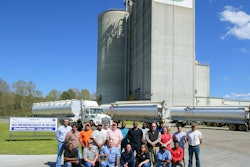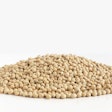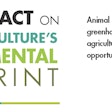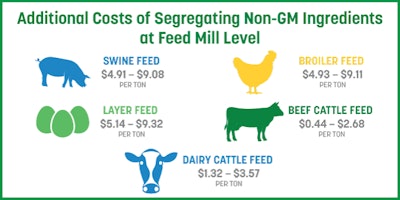
TheInstitute for Feed Education and Research (IFEEDER)has released new research which shows that if more U.S. food companies are to require feed for their livestock and poultry be free from genetically modified (GM) ingredients, then greenhouse gas emissions on farms could rise, grain elevator and feed mill product handling and production requirements would be greater, and the price of meat, milk and eggs for consumers could increase.
The study, “Impact of Non-GM Livestock and Poultry Feed on the U.S. Feed Industry,” conducted by Iowa State University and Decision Innovation Solutions, examined the environmental and economic implications should U.S. animal food manufacturers need to boost the production of non-GM feed.
Partnering withDairy Management Inc.,MFA Inc.,National Corn Growers Association,U.S. Poultry and Egg Associationand others, IFEEDER initiated the research to inform companiesthroughout the food value chain of the complexitiesinvolved with producing GM and non-GM feed lines from the farm to grain elevator to feed mill.
“Like many industries involved in the production of America’s food supply, the U.S. animal feed industry is diligently working to be more sustainable and efficient, using all available tools at its disposal, as part of our commitment to consumers to be good environmental stewards,” said Lara Moody, IFEEDER executive director.
“The research released today shows that when you limit the use of safe, proven technologies, like GM crops, the costs for both the environment and consumers can increase. As food retailers and manufacturers pursue ambitious sustainability goals in the future, we hope this research will inform their decision making on the value that GM feed provides.”
Key findings from the report include:
- From a monetary viewpoint, GM seeds cost corn and soy farmers more initially, but are typically offset by lower costs for herbicides, insecticides and field operations when compared to non-GM production. For a farmer to consider switching to non-GM farming from GM, the research showed that a significant premium on non-GM would be needed to offset the production cost difference.
- A shift away from non-GM seeds creates land sparing benefits; for example, the use of GM seed traits produced between 6.8 million to 15.9 million acres of land sparing and 35% to 65% less land conversion from grassy habitats to crop production, which would have occurred otherwise for the period from 2007-16.
- The researchers evaluated the impact of on-farm fuel reductions to lower carbon dioxide (CO2) emissions to the environment by using GM crops and found that the GM corn no-till system emits the least CO2for diesel combusted in field operations at 0.0258 metric tons per acre, based on 2020 corn production budget data.
- Nitrogen efficiency has improved with the expansion of GM seed use and other technologies. Examining corn alone, the research shows that if it takes 4.9% more corn acres to yield the same level of production with non-GM corn as would be expected with GM corn, then total nitrogen volatilization and leaching losses under all non-GM corn production would be expected to be 2.7% and 4.3% higher than with all GM corn production.
- The study found that all participants in the non-GM feed production supply chain would be subject to additional costs related to segregation and isolation of GM and non-GM ingredients. For example, the grain elevator could potentially spend an additional $0.05 to $0.07 per bushel to handle and segregate non-GM soybeans, compared with regular soybeans, and $0.07 to $0.09 per bushel more for non-GM corn.
- The feed mill, at the end of the feed production chain, would be subject to the largest increase in the price of the final product, which would directly impact consumer prices for meat, milk and eggs derived from animals fed non-GM feed.





